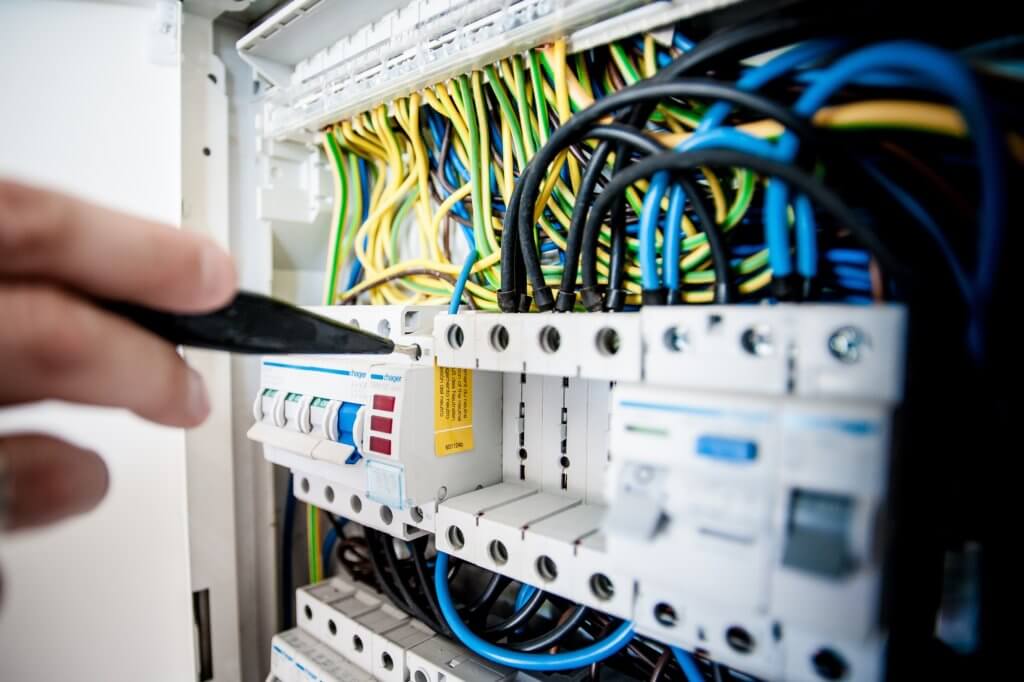
If you’ve ever thought about becoming an electrician, now would be the time to act on it. According to the U.S. Bureau of Labor Statistics, employment of electricians is projected to grow nine percent from 2016 to 2026. New construction and the growing demand for alternative energy sources will fuel much of the job growth.
Those electricians who can take on a variety of assignments–solar photovoltaic installation, industrial wiring, and electronic systems repairs—will have the most opportunities.
Solar and wind are just two of the emerging power industries that will be requiring more electricians to install and maintain them. As time goes on, electricians will be needed in higher numbers to connect these alternative power sources to both homes and power grids.
Here are a few factors to consider as you contemplate your future as an electrician:
Our infrastructure is aging
The electrical grid in the U.S. is growing old. It’s becoming unreliable and obsolete, which means there will be a need for many electricians and skilled linesmen to update our transmission and generation facilities. The process will be labor-intensive, and that is good news for future job prospects.
New industries are emerging
Alternative energy systems, with wind and solar leading the pack, will require highly-skilled workers to get them up and running and to link them to the existing electrical networks.
New technology installed in current systems
Automation and electronics will be added to existing systems in a variety of industries. Electrical workers will be needed to install, operate, and maintain this equipment, increasing the demand for electricians for the foreseeable future.
A general shortage of skilled labor
The demand for electrical workers is increasing because there is a shortage of skilled labor in every industry. One factor is that the so-called baby boomers have retired or are planning to leave the workforce shortly, which means a significant number of replacement workers will be required to fill the void.
Also, the 2008 financial crisis resulted in an economic decline that caused many employers to curb hiring and cut apprenticeship programs. Because of the combination of these two factors, there will be a substantial reduction in the number of skilled electricians at a time of increasing demand.
There are no quick-fixes
Skilled workers, such as electricians, must go through a rather lengthy training process in either a vocational education program or an extended apprenticeship period. Unlike unskilled entry-level labor, increasing the supply of electricians and other skilled workers cannot be accomplished in a short time. Vocational education programs and long apprenticeship periods mean that it takes time to increase the pool of qualified workers.
Many high schools have begun promoting skilled trades as an attractive alternative to a four-year college. And some community programs are now raising awareness of the benefits of a career as an electrician or in the other skilled trades.
Let Outsource help you find your next job in the electrical field!
The skills shortage provides an opportunity to find work as an electrician. Contact the experts at Outsource. We are the largest staffing firm in the nation specializing in the placement of low voltage and electrical talent.

Discover The Power of Real Partnership
Let's talk about the world of possibilities and how we can partner to make them a reality.
Our Latest Resources
What's new in the world of work? Check out the latest highlights, including staffing trends, top insights and more.
Be Ready to Answer These Questions at Your Next Job Interview
Whether this is your first job interview or you've done several already, you will probably find yourself with a case of nerves as it begins...
Maneuvering Your Job Search Through a Pandemic
A global pandemic means times are uncertain, stressful and even a bit frightening. While the COVID-19 outbreak has not only caused a health crisis it has also caused an economic crisis as well...



